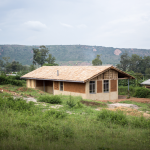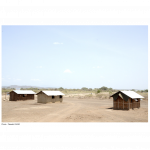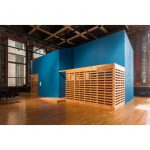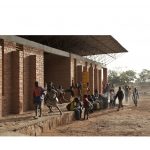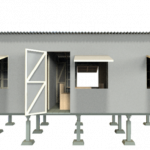Abari Transitional Shelter
ABARI
Abari Transitional Shelter is a temporary structure built from local and salvaged materials in post-disaster environments.
ABARI Transitional Shelter design was created by ABARI in response to the earthquake that affected Nepal in April of 2015. It is provided through a complete open-source guide that aims to promote Owner Driven Reconstruction (ODR), a participatory model that places homeowners at the center of the reconstruction process through decisions on designs, site selection, and materials. The building techniques are tailored to local environments and resilient to environmental hazards. The building of eighteen square meters uses local and salvaged materials and considers local knowledge and technology. The components required are bamboo or wood, CGI sheets, GI wire, nails, sand, and cement aggregate.
Since the Earthquake of 2015 (also known as the Gorkha earthquake) struck Nepal, the Transitional Shelter has been built in numerous locations around the country.
This product aims to promote “Owner Driven Reconstruction”. In Nepal it has been implemented by Abari in partnership with local governments and communities. It was also implemented in partnership with the humanitarian organization Actionaid.
~300 USD (33,535 NPR) Converted on July 30, 2021
Target users include individuals in disaster affected areas and remote settlements. Target buyers include humanitarian organizations and governments.
